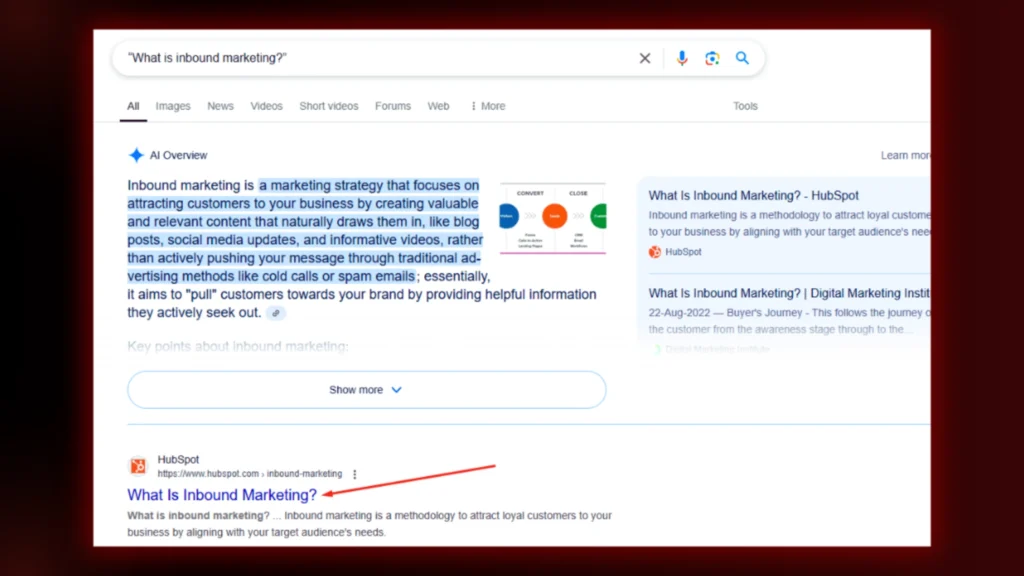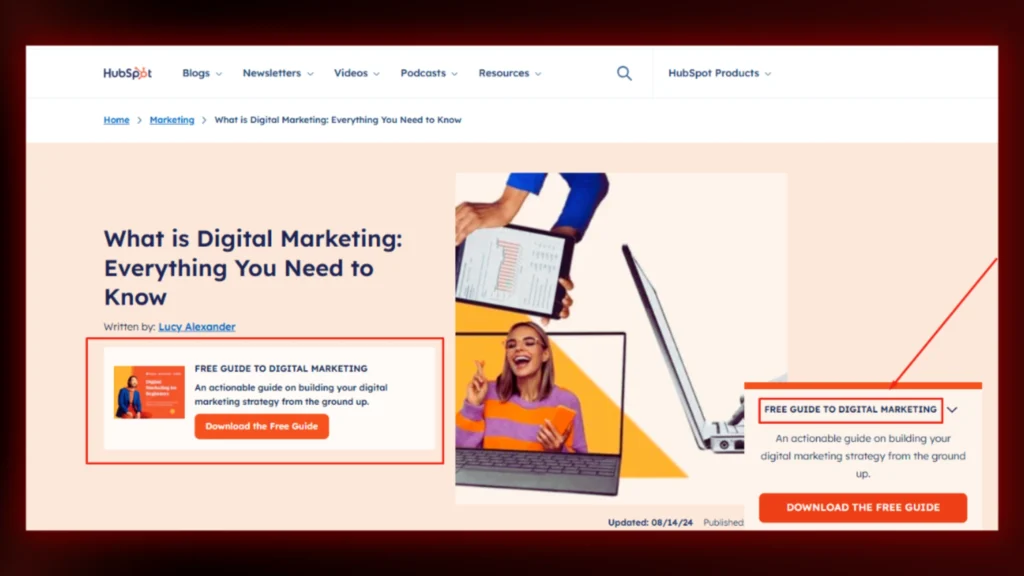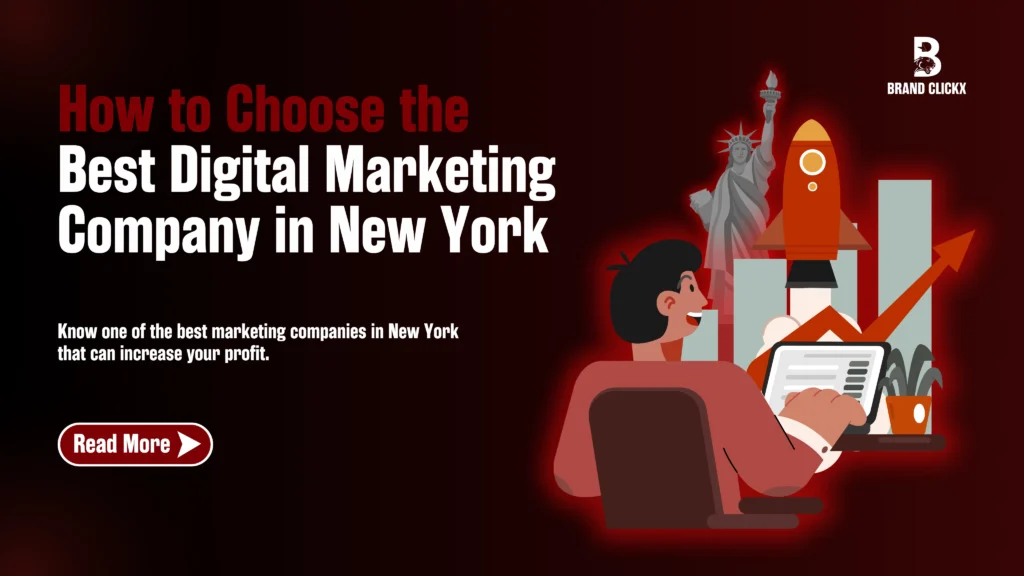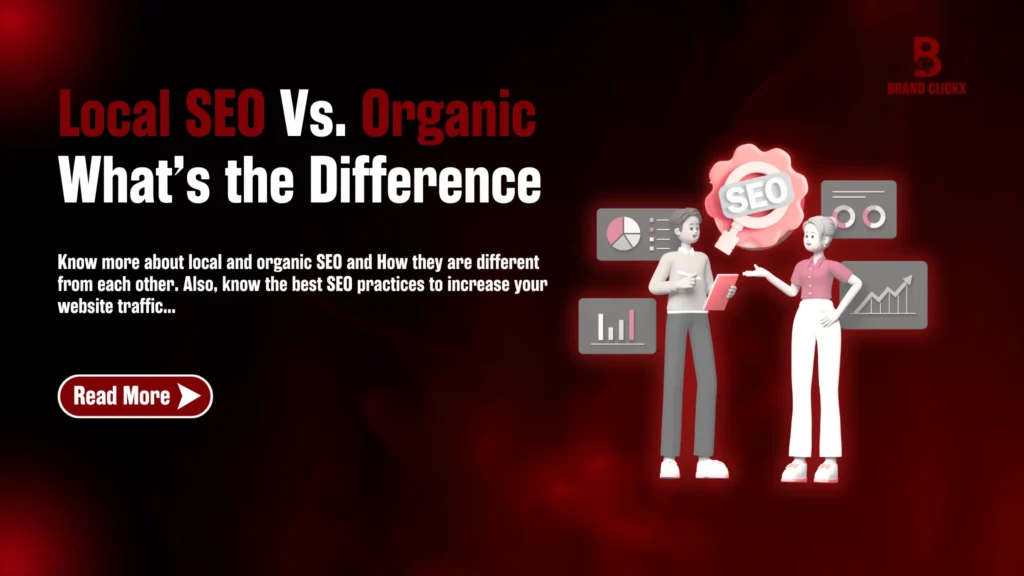Ever wished leads would come to you instead of you chasing them? That’s exactly what inbound marketing does. No cold calls, no spammy ads—just the right people finding you when they need your product or service.
And how does that happen? By offering value. All you need to do is create helpful content, optimize for search engines, and engage on social media; potential customers naturally discover your brand. They trust you before they even buy.
But here’s the catch: it only works if you do it right. Ready to learn the best inbound lead generation strategies? Let’s get started!
How Inbound Lead Generation Works
Let’s suppose you have a small shop. How will you make people buy from you? Would you stand outside your shop and yell at people to come in?
No, definitely not! Instead, you would create a cozy space. You’d display exactly what they need, answer their questions before they even ask, and make them feel welcome.
Naturally, they wander in, explore, and some even buy. That’s how inbound lead generation works. You are not chasing people; you are drawing them in.
Attracting Potential Customers
First step? Get noticed. But not in an annoying way. Instead, you create something useful—a blog that answers a question, a social media post that makes them stop scrolling or an SEO page that shows up when they Google a problem.
The idea is simple: when they’re looking for a solution, you’re right there, ready to help.
Engaging and nurturing leads
Just because someone visits your page doesn’t mean they’re ready to buy. Maybe they need more time, or maybe they need a little nudge. This is where you build trust.
You give them a free guide, send helpful emails (not the spammy kind), or just stay active on social media where they can see you. Bit by bit, they start to see you as the go-to brand in your space.
Converting leads into customers
Here’s where it all pays off. They’ve read your content, and they trust your brand. Now, they just need the right push. Maybe it’s a limited-time offer, a product demo or a simple follow-up email asking if they need help.
Whatever it is, you make the buying process easy and natural, with no pressure, no hard sell, just the right offer at the right time.
Just like that, a casual visitor becomes a happy customer. No chasing, no cold calls—just smart, well-timed engagement. That’s how inbound lead generation works!
8 Inbound Lead Generation Strategies That Actually Work
1. Educate, Don’t Sell
People don’t wake up thinking, I need to buy something today! They wake up with problems to solve. Let’s say you run a SaaS project management platform. Instead of saying, “Buy our tool!” create a detailed blog post on “How to Improve Team Productivity with Better Task Prioritization.”
In that post, showcase proven strategies, real-world examples, and—subtly—how your tool can help. By the time a potential lead finishes reading, they see your brand as a valuable resource and are more likely to try your software.
Give them content that answers their questions, teaches them something useful, or makes their life easier. The more they learn from you, the more they’ll trust you.
Also Read: Content Creation Tools for Writing, Design & Video in 2025
2. Make Your Brand Easy to Find
No one digs through search results. If you’re not on page one, you’re invisible. Optimize your content for search engines, but don’t write just for algorithms; write for humans. Helpful, well-structured, easy-to-read content ranks and resonates.
Let’s consider big names like HubSpot. They top the search rankings by creating content that answers real questions.
For example, if you search for “What is inbound marketing?” you’ll probably see HubSpot’s blog post at the top.

How do they do it?
- Target high-intent keywords your audience is searching for.
- Structure content for easy reading with headings, bullet points and summaries.
- Internal linking to keep visitors engaged and looking around.
By doing this, HubSpot will always be visible when businesses are looking for marketing solutions.
3. Give People a Reason to Stay
A good lead magnet isn’t just a freebie; it’s a shortcut to something valuable. Offer a practical tool, a cheat sheet, or exclusive insights that solve a real problem. If it saves time or effort, people will trade their email for it.
For example, a marketing agency can offer a “Social Media Content Calendar Template” as a lead magnet. This practical tool helps businesses plan and organize their social media posts so they can stay engaged with their audience.
By offering such a valuable resource, the agency showcases its expertise and collects email addresses from people interested in improving its social media strategy.
Check out how HubSpot offers a FREE GUIDE TO DIGITAL MARKETING in an article about digital marketing. Why wouldn’t people check it out? It’s valuable, relevant and solves a problem.
By offering such a resource, HubSpot attracts leads, builds trust, and keeps people engaged, making them more likely to convert into customers.

4. Show Up Where Your Audience Is
Social media isn’t just a place to post. It’s a goldmine for building relationships. Your audience is already there, scrolling, searching, and engaging. The question is: Are you showing up?
Don’t just drop content and disappear. Engage. Answer questions in the comments. Join conversations in industry groups. Share insights that actually help. The more you show up, the more people recognize you. And recognition builds trust.
Want to make the most of it? Be consistent. Post valuable content. Respond to DMs. Run polls. Start discussions. The more active and approachable you are, the more likely people will turn to you when they need what you offer.
Social media isn’t just for visibility. It’s for connection. Use it right, and you’ll never chase leads again.

Also Read:
- How To Create Viral Content on Social Media
- Most Effective Social Media Engagement Strategies in 2025
5. Email Like a Human
No one likes cold robotic emails. If it looks like a template, it’s going straight to the trash. Your emails should feel like a conversation, not a pitch. Write like you’re talking to a real person.
Start with a friendly subject line – one that makes them curious. Use their name. Make it personal. Get straight to the point, but do it in a way that feels warm and inviting. Offer something valuable. A tip. A quick win. A resource they’ll actually use. Give them a reason to keep reading.
Every email should feel like a helpful nudge, not a desperate ask. And don’t forget the follow-up. Sometimes, people miss emails or get busy. A thoughtful reminder can make all the difference. Keep it personal, keep it real, and you’ll turn inboxes into opportunities.
Also Read: What is content personalization in 2025?
6. Host Webinars That Feel Worth Attending
Webinars attract leads by giving value, not sales pitches. When you host a webinar on a topic your audience cares about, you naturally attract the right people – those who are already interested in what you offer.
Here’s how it works:
- They sign up with their email, and you have a direct line of communication.
- They engage with your content and get to know you and your approach.
- You build trust by solving their problems and answering their questions in real-time.
- After the webinar, you will follow up with personalized emails, additional resources, or a free consultation to move them down the funnel.
A well-done webinar doesn’t just educate; it nurtures relationships and turns curious attendees into warm leads who are much more likely to convert.
7. Make Your Website a Lead Magnet
Your website should lead visitors, not confuse them. If visitors land on your page and feel lost, they won’t stick around. A good website makes it easy for them to know what you offer and what to do next.
Keep it simple. A clear header, a short blurb and an obvious CTA work better than long, cluttered pages. Tell them exactly what they’ll get and how it benefits them. No fluff, just facts.
Make sure your site loads fast and works on all devices. A slow or ugly website will scare people off before they even read your content. Smooth navigation and fast performance create a better experience and get people to stay longer and engage more.
Example: Kit does this well. Their homepage has a simple yet powerful message: “For creators who mean business.” Right below, they offer a free trial with a CTA button.
They also include success stories, social proof and a clean design so visitors can trust them and take the next step. A good website is not just a digital brochure. It’s a lead-generating tool.

8. Use Customer Testimonials to Drive Action
People trust people, not brands. Before making a decision, potential buyers want to see proof that your product or service actually works. That’s where reviews and testimonials come in.
But don’t just collect them—use them strategically. Put customer testimonials on landing pages, add video reviews to social media and showcase ratings near CTAs. Let them see real feedback when they need that final nudge.
How to Do It Right?
- Show detailed reviews, not just star ratings. A 5-star review is good, but a short story about how your product solved a problem is even better.
- Use different formats. Text testimonials are good, but video testimonials build stronger emotional connections.
- Put reviews where they matter. Put them on sales pages, in emails or even in pop-ups when someone is about to leave your site.
FAQs
1. How are inbound leads generated?
Inbound leads are generated by attracting customers through valuable content, SEO, social media, and email marketing. Instead of reaching out, you let them come to you by solving their problems.
2. What are the 3 approaches to lead generation?
- Inbound Marketing – Drawing leads with content, SEO and organic traffic.
- Outbound Marketing – Reaching out through cold emails, ads and calls.
- Referral Marketing – Getting leads through word-of-mouth and customer referrals.
3. What is the best strategy for lead generation?
The best way to do this is to provide value through high-quality content, strong SEO, and personalization. A mix of blogs, lead magnets, social proof and automation works best.
4. What are inbound strategies?
Inbound strategies are about attracting, engaging and converting leads naturally. They include content marketing, SEO, social media engagement, webinars and email nurturing.
Conclusion
Inbound lead generation isn’t about chasing. It’s about attracting. Give value, show up, and build trust. When you do that, leads come to you naturally. No pressure. No cold calls. Just the right people find you at the right time.
The secret? Stay consistent. Keep helping. Keep showing up. And watch your audience turn into loyal customers.
Need help getting leads the easy way?
Let’s make it happen. Whether it’s content, SEO, or social media, Brand ClickX has got you covered. Reach out today, and let’s grow your business without the hard sell!



